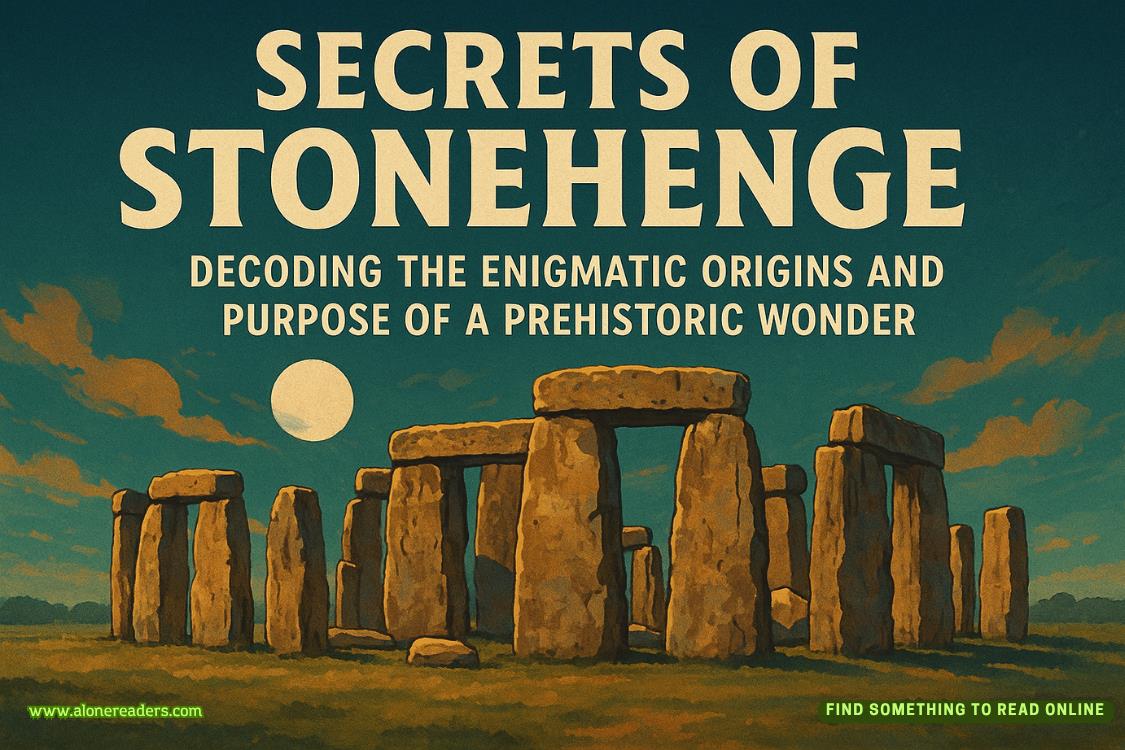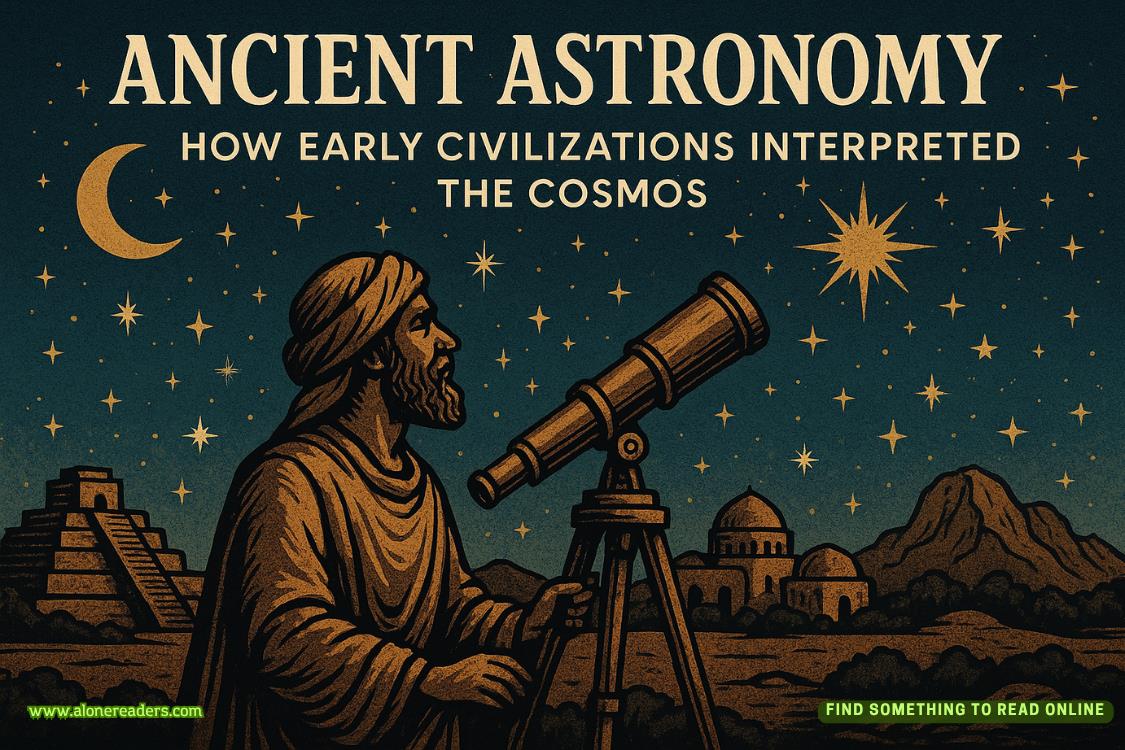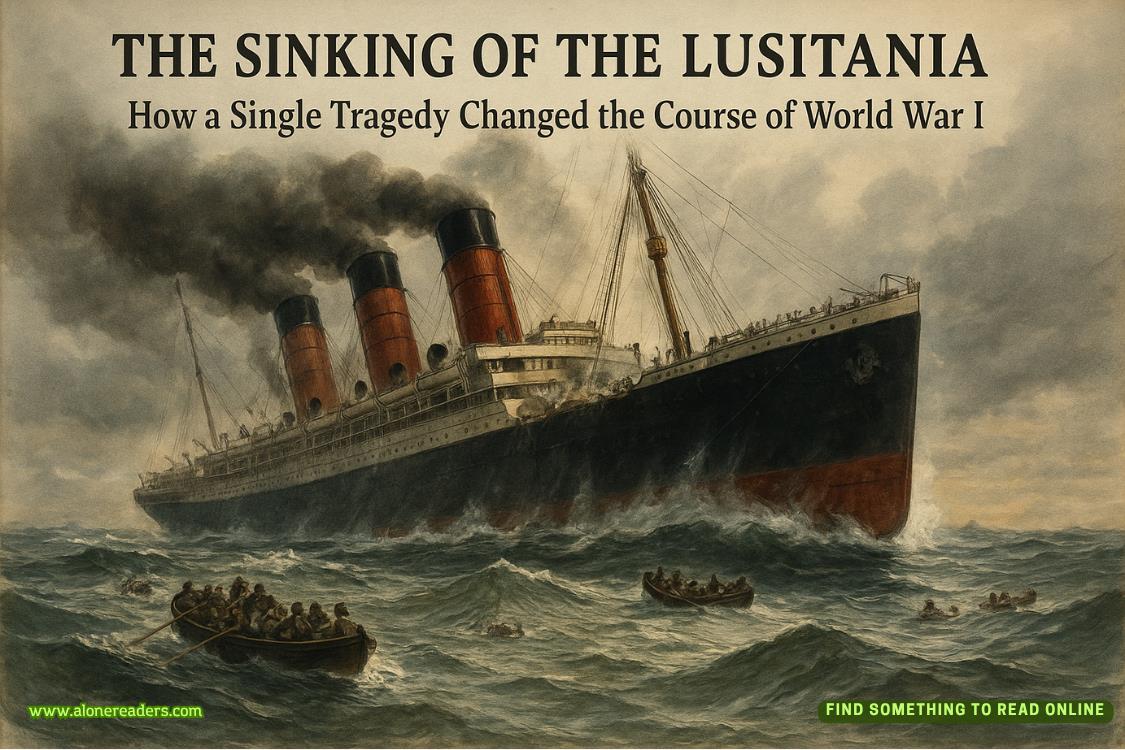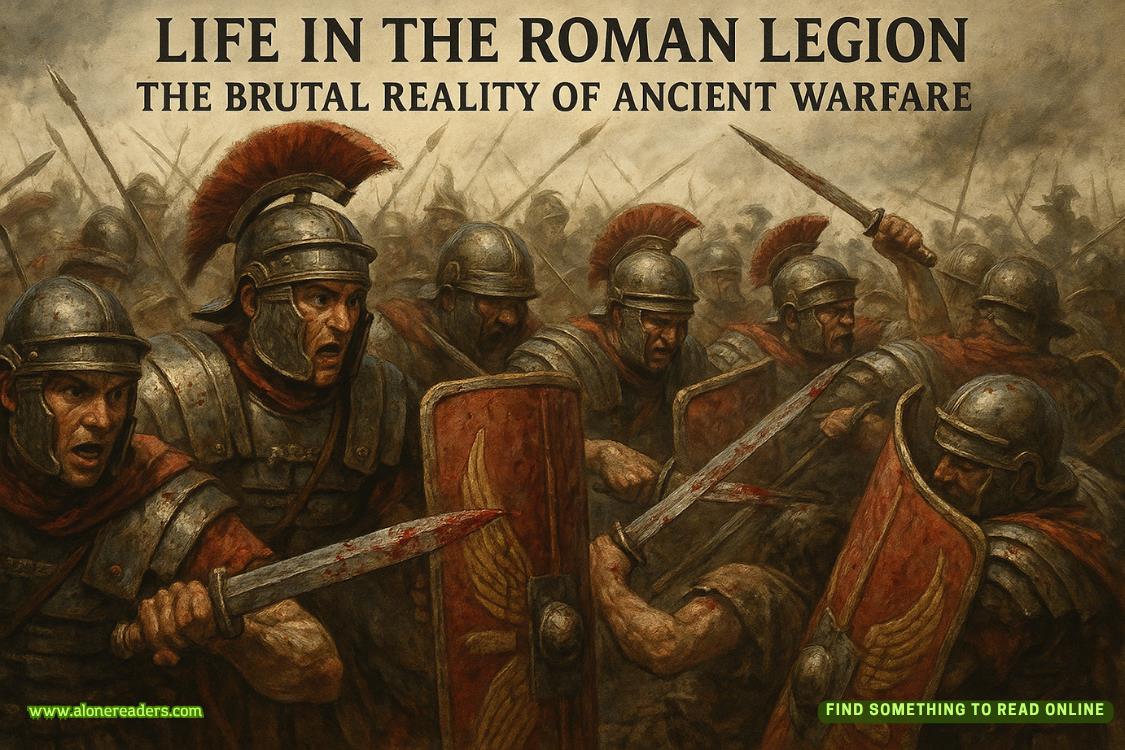Page 239 of DATE
During this period, Da Vinci was busy teaching young Raphael how to paint, as well as occasionally helping keep an eye on Michelangelo, who seemed to have appeared out of nowhere.
Both Da Vinci and Botticelli were curious about the relationship between the boy and Hedy, but they were also quite friendly toward him.
After hearing about Michelangelo's painful experiences of always being stood up, as told by the servants, Hedy decided to personally commission a sculpture from him.
The young man, clearly very cautious, was practically jumping for joy when he received the deposit.
According to the contract, he was required to carve the statue in the backyard every day, with attendants assisting by cleaning the dust and debris and providing fresh water as needed.
Compared to his previous dark and thankless apprenticeship, this was a huge improvement.
Michelangelo didn't understand why the lady had chosen him to complete the sculpture in the palace, but once he got into it, he entered a state of total absorption, tapping away with his small chisel and hammer from morning till night.
His understanding of the human form was both clear and profound. Not only could he outline full and firm muscles, but when shaping the fingers, facial features, and other details, he could also uniquely capture many emotional nuances in the finer details.
Over time, Botticelli and Da Vinci would often gather nearby to observe, occasionally discussing the textures and contours of the work, and they were never stingy with their direct praise.
At times, the young man would realize that the two masters were standing right behind him, and it seemed like they were complimenting his work.
He tried hard not to show any embarrassment, while secretly increasing his pace.
"Michelangelo, why did you carve a hollow here when doing the arm?"
"This clavicle position... it turns out it's like this... I was wondering when I drew flat figures."
"Hedy really has an eye for talent. I bet she plans to become a patron someday."
"Didn't she always sponsor you?"
"I haven’t! I’m in a partnership with her!"
The young man gradually became more open, sometimes quietly responding to questions, and when praised, he would show a shy and awkward expression.
Although his progress was slow, even a rough version of his sculpture would reveal countless highlights—
Even young Raphael would take notes seriously and ask him various questions.
Gradually, even the lord came by to take a look and placed another sculpture order.
The statue of David followed an ancient artistic theory—contrapposto balance.
This concept came from the ancient Greek sculptor Polykleitos, who expressed the body's weight and balance through an asymmetrical stance.
Due to his youth, the boy lacked confidence in many aspects.
However, he was always supported by the two elders behind him, who generously shared their knowledge and experience, even eager to try chiseling themselves.
When Da Vinci and Botticelli were engaged in a heated debate over some aspect of the sculpture, Raphael would quietly pass Michelangelo an apple, smiling and signaling that he could take a break.
After all, with the Medici family's sponsorship, at least his daily expenses were covered.
Hedy didn’t have much time to observe the long process of sculpting a statue. She continued shuttling between the prison and the lab, confirming the vaccine's stability.
The first and second groups of death row inmates who had received the cowpox vaccine showed no significant adverse reactions. Moreover, after coming into contact with smallpox-infected clothing, they did not die from the disease.
Once this technology was sufficiently refined, she would need to find other civilians for vaccination—
Her own body had already been injected with multiple antibodies during her childhood, so it was clear that it could no longer provide any useful reference.















